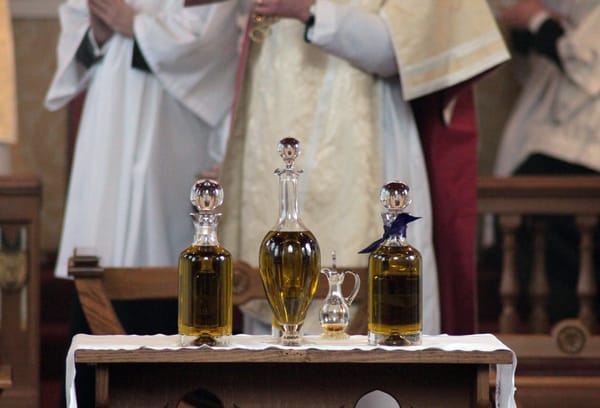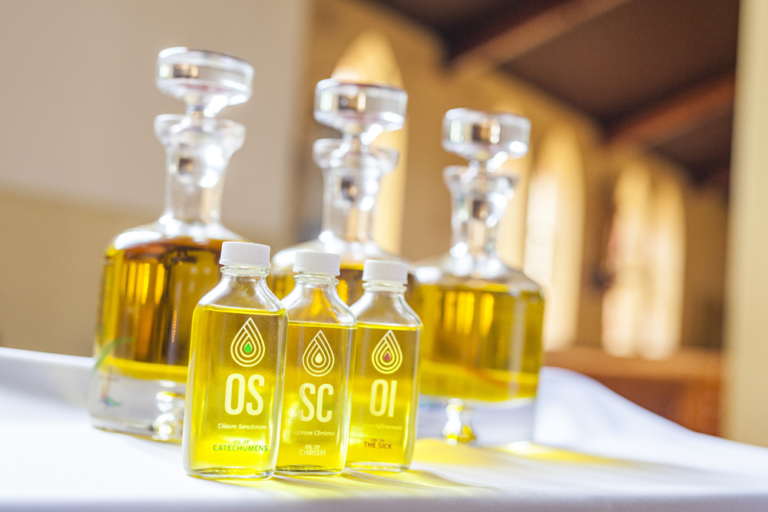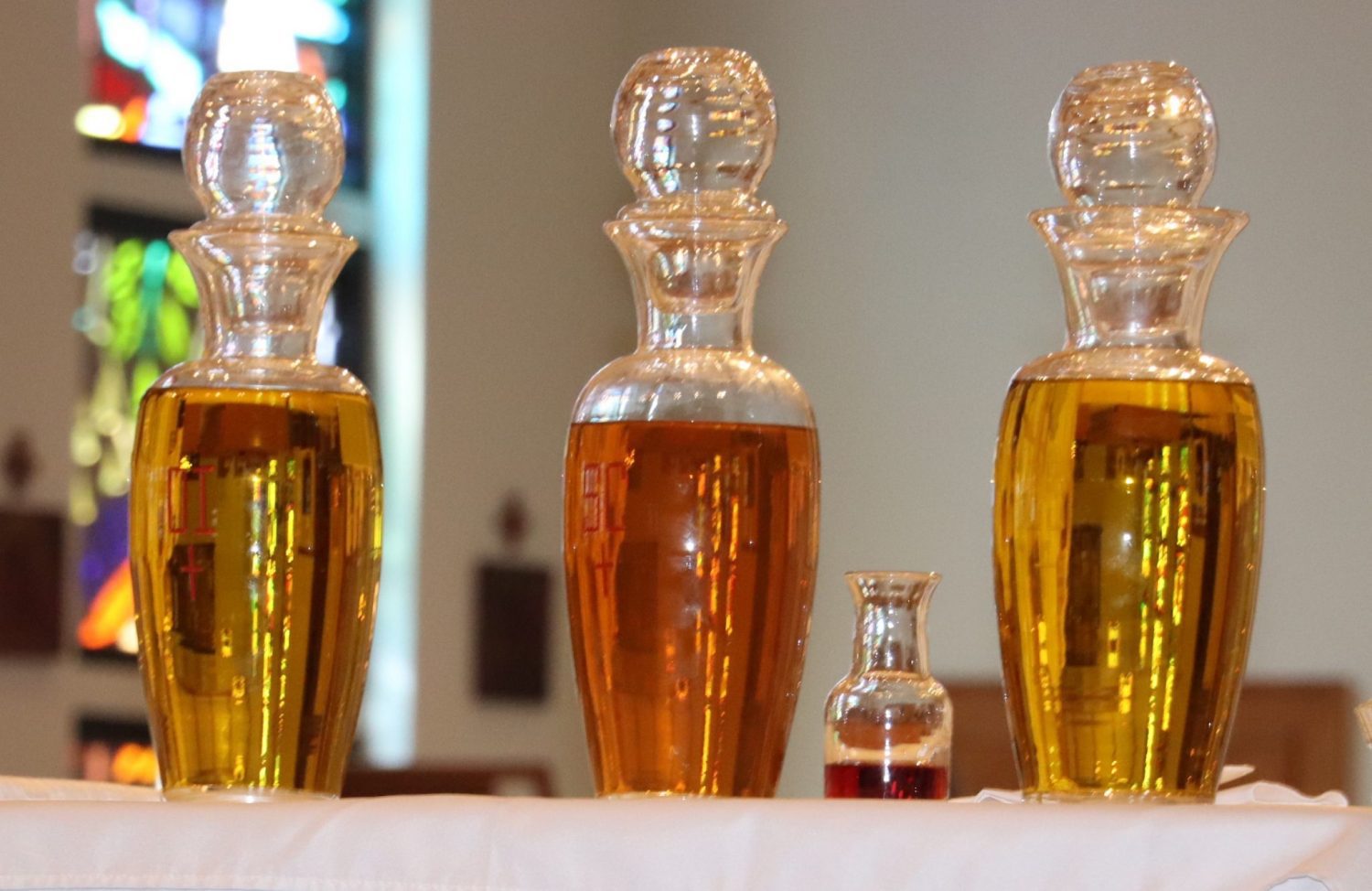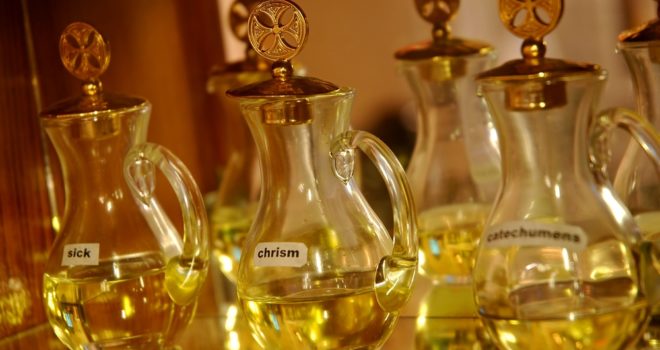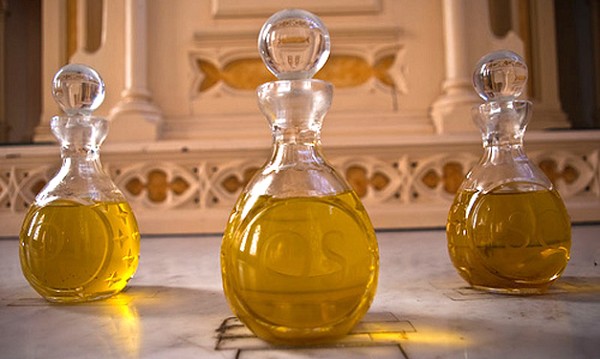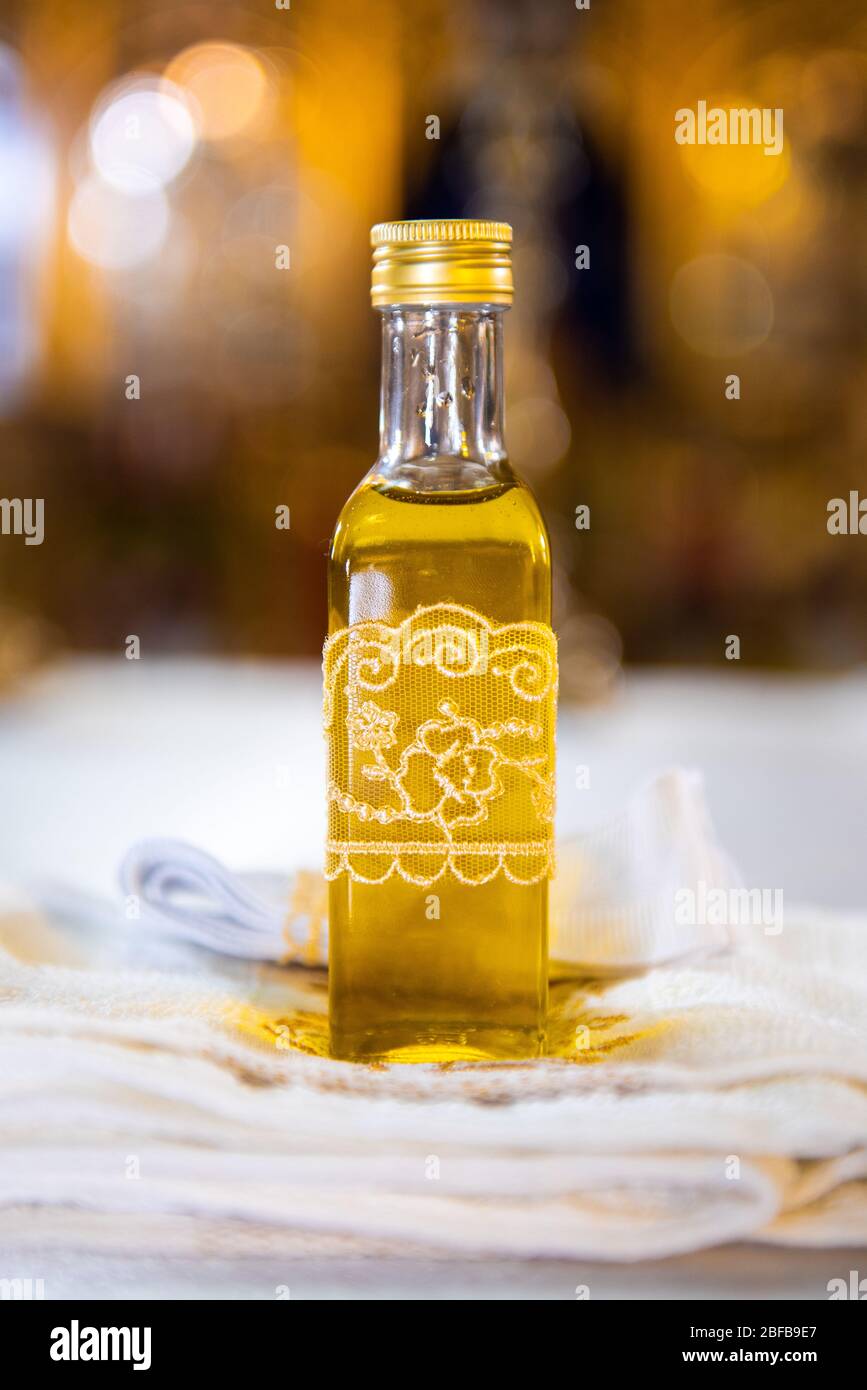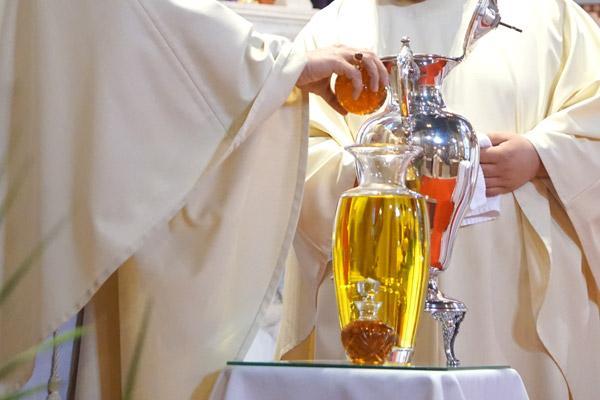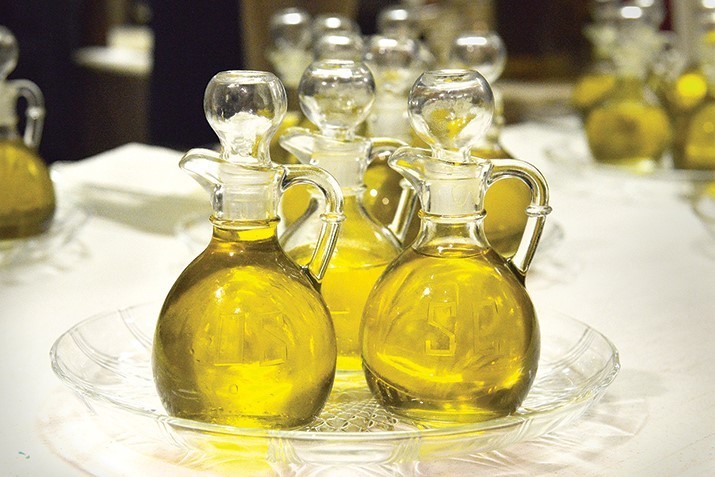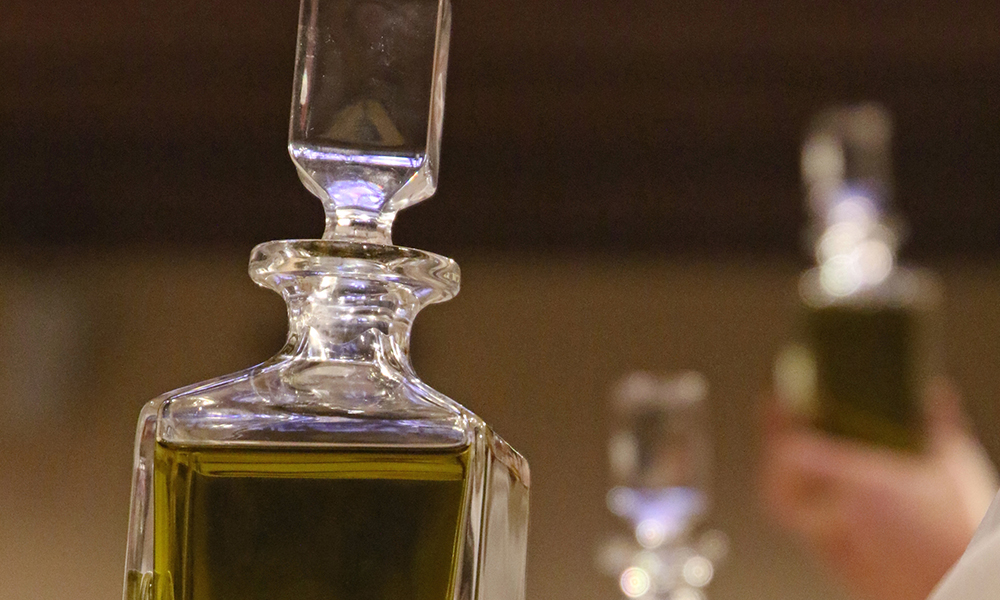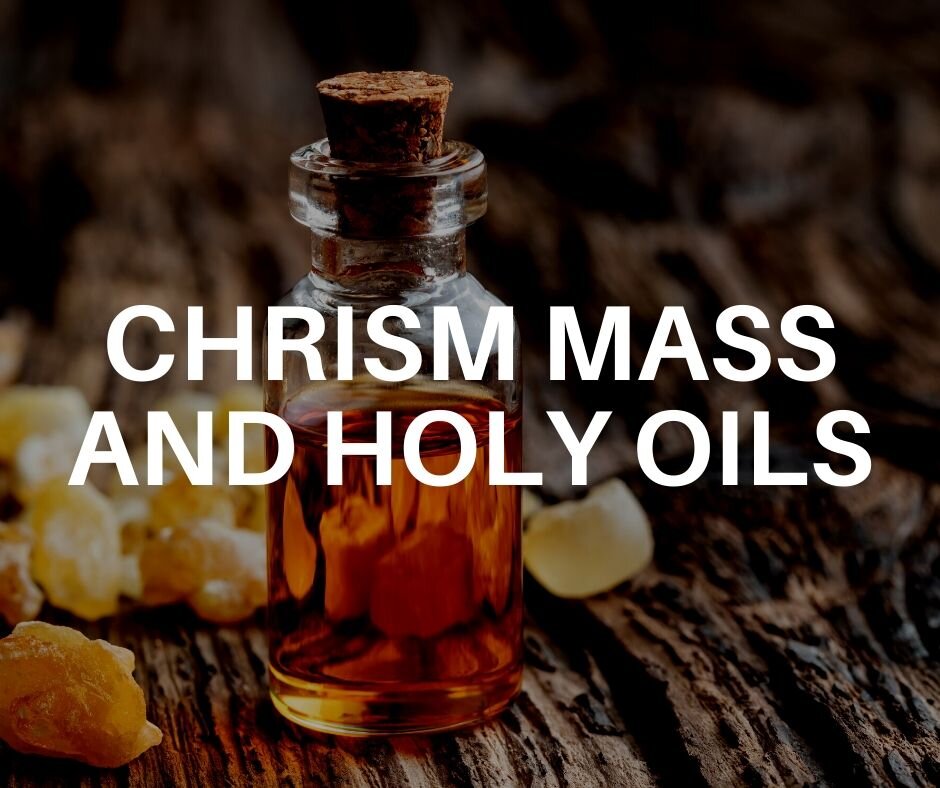What Is Chrism Oil Made Of

Imagine stepping into a sun-drenched olive grove in Galilee, the air thick with the scent of ripe fruit and warm earth. The gentle breeze rustles through the leaves, carrying the promise of the liquid gold they will soon yield. This is where the journey begins, the journey of creating something sacred, something that has connected generations for centuries: chrism oil.
At its heart, chrism oil is a fragrant blend of olive oil and balsam, consecrated by a bishop. It's not just a substance, but a potent symbol used in various Christian traditions for anointing during significant religious rites, marking spiritual transitions and signifying divine blessing.
The Essence of Olive Oil
The foundation of chrism oil is, undeniably, olive oil. Olive oil's deep roots in history and religion are undeniable. It has been a staple in the Mediterranean region for millennia, prized for its nutritional value, medicinal properties, and, crucially, its symbolic significance.
Think about the story of Noah’s Ark, the dove returning with an olive branch – a symbol of peace and renewal. In ancient times, olive oil was used to anoint kings and priests, bestowing them with authority and divine favor. This historical precedent lends olive oil a unique weight, making it a natural choice for sacred purposes.
The choice of olive oil is deliberate and resonates with deeper meaning. Olive oil, derived from the fruit of the olive tree, symbolizes fruitfulness, healing, and light. It reflects God's blessings upon those who are anointed.
From Grove to Bottle: The Olive Oil's Journey
The process of creating chrism oil begins with carefully selecting the finest quality olive oil. Traditionally, extra virgin olive oil, known for its purity and flavor, is preferred. This selection underscores the importance of using the best possible ingredients for something considered sacred.
The olives are harvested with care, often by hand, to ensure minimal damage to the fruit. They are then pressed, extracting the precious oil, which is meticulously filtered to remove any impurities. This attention to detail reflects the reverence for the final product.
The Sweet Fragrance of Balsam
While olive oil provides the foundation, the addition of balsam transforms it into something truly special. Balsam, derived from certain trees or shrubs, is an aromatic resin with a rich, sweet fragrance. It is has been treasured for its fragrant and preservative qualities for centuries.
Throughout history, balsam has been used in perfumes, incense, and medicines. Its inclusion in chrism oil elevates the experience, engaging the senses and creating an atmosphere of reverence and solemnity.
Considered a symbol of sweetness, healing, and preservation, balsam’s inclusion further enhances the symbolic richness of the chrism oil. Balsam makes chrism oil an olfactory experience, making the ritual more immersive and memorable.
Sourcing and Blending the Balsam
The sourcing of balsam can vary depending on the tradition and the specific needs of the church. Some traditions use balsam from the Middle East, particularly the region historically associated with the biblical balm of Gilead. Other sources may be used depending on availability and ethical considerations.
The blending of balsam with olive oil is a carefully considered process, with specific ratios often dictated by tradition. The goal is to achieve a harmonious balance between the earthy scent of the olive oil and the sweet fragrance of the balsam, creating a unique and pleasing aroma.
The Consecration: A Blessing and Transformation
The final step in the creation of chrism oil is the consecration by a bishop. This is what transforms it from a simple mixture of oil and balsam into a sacred substance. This act of consecration imbues the chrism oil with spiritual power, setting it apart for holy purposes.
The consecration typically takes place during a special Mass, often on Holy Thursday, where the bishop recites specific prayers of blessing. These prayers invoke the Holy Spirit, asking God to sanctify the oil and make it an instrument of grace. Through this prayer, the chrism oil is set apart for its sacred purpose.
The consecrated chrism oil is then distributed to parishes within the diocese, ready to be used in sacraments and other liturgical rites. This distribution ensures that the faithful have access to this sacred substance for important moments in their spiritual lives.
Uses of Chrism Oil: Marking Sacred Moments
Chrism oil is used in several key sacraments and liturgical rites across various Christian denominations. These sacraments mark significant moments in a person’s life, from birth to adulthood and beyond.
In the Catholic Church, chrism oil is used in baptism, confirmation, and holy orders, as well as in the consecration of altars and churches. In Eastern Orthodox Churches, chrism oil, known as myron, is used in chrismation, which is typically administered immediately after baptism. In some Anglican traditions, chrism oil is also used for anointing during baptism and confirmation.
The anointing with chrism oil is a powerful symbol of being set apart for God’s service, receiving the gifts of the Holy Spirit, and being marked as a follower of Christ. It is a tangible sign of God’s grace and love.
A Timeless Tradition
The creation and use of chrism oil is a tradition that stretches back centuries, connecting Christians across generations. While the specific methods and sources may vary, the underlying principles remain the same: to use the best possible ingredients, to consecrate them with prayer, and to use them to mark sacred moments in the lives of the faithful.
As we consider the elements of chrism oil – the olive oil pressed from sun-drenched groves, the fragrant balsam, and the prayers of consecration – we are reminded of the enduring power of faith and tradition. Chrism oil serves as a potent reminder of God's love, grace, and the promise of spiritual renewal.
Perhaps the next time you encounter the scent of chrism oil, you will be reminded not only of its physical components but also of the rich history and profound symbolism it embodies. It is a testament to the enduring power of tradition and the ongoing search for connection with the divine.


